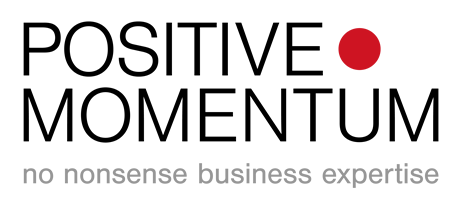Remember back in early 2019 when hybrid meant cars?! Fast track through the ups and downs of the past 2 years and hybrid is the new word for flexible working-yet with a key difference, the vast majority of us will be doing it.
Pre pandemic, flexible working was usually the reserve of those with child or other care responsibilities who chose to flex their hours and or their workplaces to meet other responsibilities. Many of us also managed to negotiate a day a week working from home to catch up on things that required some peace and quiet. Outside of these, the vast majority of us trundled into the same workplace for similar hours on a regular basis. The arrival of flexible workspaces had us all rethink the need for photos of our family on desks (how archaic does that seem now!) but importantly, we could still be pretty certain to bump into the right people when we wanted to (or didn’t!) on a regular basis. With an average of 40% of time now expected to be spent in the office, chances are that this will no longer be the case unless we change some of the ways we do things.
If flexible or hybrid working is now the norm for us all, what are the key three challenges we need to bear in mind and behaviours we need to change to meet them?
Work/life balance
The first is of course how we manage to get a decent day’s work done and still have some kind of social life around it. By social life, I also include downtime with colleagues as well as friends. Lucy Kellaway put the importance of colleague interaction brilliantly in the FT article: We will miss the office if it dies. WellBeing programmes across the globe are being rolled out to help us remember the importance of both social interaction and physical activity in our new, hybrid worlds.
The irony here is that, having learnt the productivity that a full online day offers (how did we ever find the time to have lunch with colleagues or chat at the coffee machine?), many of us are concerned at the loss of productivity which travel and colleague/client interaction may have. So, on one hand our bodies and minds crave some escape from the screen and on the other, we are supremely tempted to find reasons not to spend time in work offices or suggest meeting clients face to face.
The answer to this is in how we chose to reinvent the time we do spend in physical offices.
Office time reinvention
When the office was the default option, the question did not come up as to how we used our time there. We will all recall it was varying degrees of useful and useless depending on who we saw there, the conversations we had and how much actual work we got done. In a hybrid world where we spend less time there, it now falls to us each to ensure any time we do chose to spend in offices is maximised or we might as well have well stayed at home. Personally, I look to 4 criteria;
- Who will be in? Sitting alone in a vast empty space is somewhat pointless as is missing the boss for the second week running.
- What will I do there? What at the key tasks which are better face to face? Whilst we have all got good at leveraging some great tools to aid online interaction Tools for virtual working, complex project meetings, brain-storming and personal review meetings undoubtedly benefit from the ability to look into peoples ‘whites.
- Which clients would prefer to see me in 3-D? This is a highly personal call. Some clients are frantic for interaction and will remember you forever if you take the time to visit them right now. Others remain anxious around the risks (or stuck in the productivity loop still). We each have a right to our own perspective right now and of course, we should respect others but to do this, we do need to be asking the question.
- What non task related things can I arrange whilst I’m there? This could be sharing a birthday cake or a drink with a colleague who you know has had a difficult time or indeed has missed the opportunity to celebrate some good things.
Taking the time to pre-plan your out and about days to ensure you tick as many of the above as possible whilst retaining core work from home tasks in the diary to avoid any risk of slippage back into previous work patterns (unless you loved these and can’t wait to get back to them of course!).
Networking
Full time presence in an office offered automatic opportunities to network with peers and others who could help us be better at our jobs, resolve challenging situations and/or turbo charge our careers or those of the people we manage. With the physical interface absent, we must mindfully ensure we are nurturing both the breadth, depth and health of our networks.
A more proactive approach to how we remain visible virtually is critical where we are no longer bumping into people or showcasing our skills in ways we used to. Setting up new routines to see and be seen is not as self-serving as it sounds. Understanding how the boss’ priorities may have shifted over the past month, who is looking likely to succeed an important contact in a client’s business or how a colleague with an unwell partner is feeling are all contributors to making us both productive and human.
Mindful network nurturing requires planning again and time in your diary to boost your virtual presence as well as more meaningful interactions with the people we do arrange to see when we are in the office. This is an excellent time to evaluate your network proactively and to seek to enhance it so you can thrive in the new hybrid world.
If none of the above resonates with you, you can always fall back on re-creating office environments at home.








